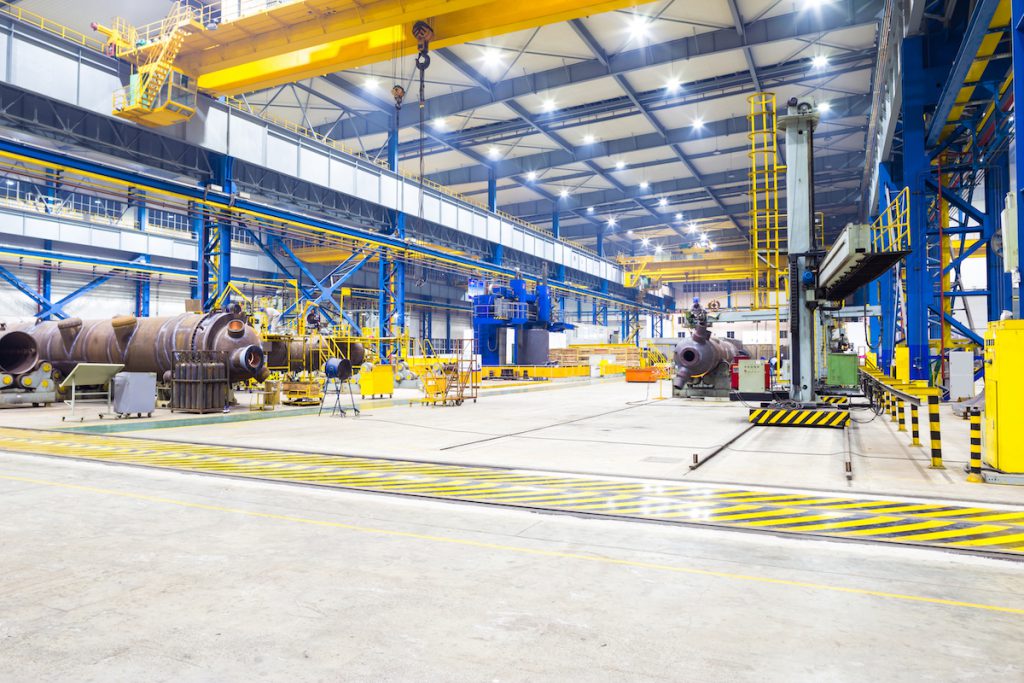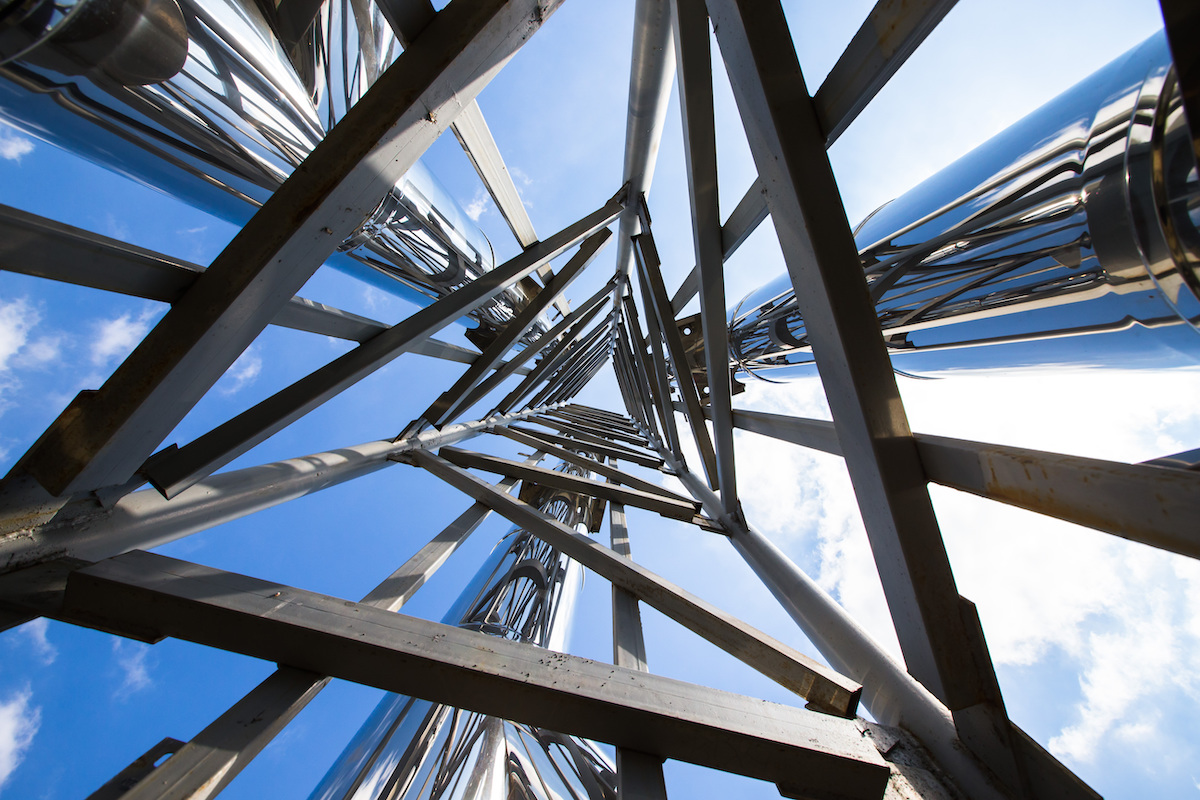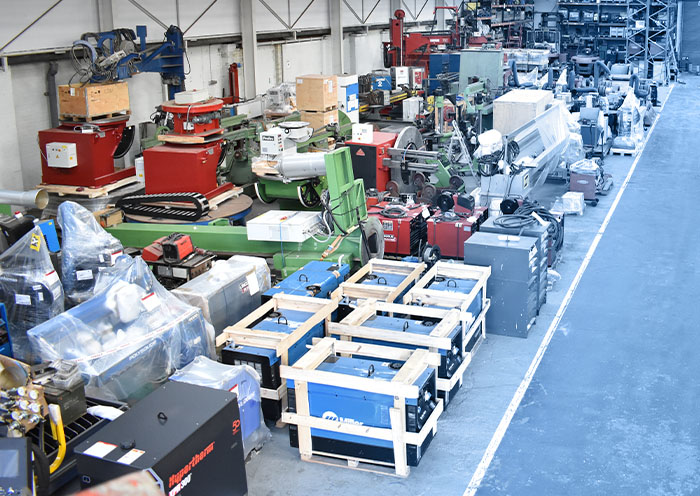To ensure you don’t make any costly mistakes on your next steel fabrication project.
We’ve put together a list of the main points you need to consider for your next structural steel project. Knowledge is power, use it and you could not only avoid costly errors, but improve productivity and ultimate ROI.
Here are the points we will be covering:
- What are the different types of structural steel?
- What is structural steel used for?
- When does structural steel fail/weaken?
- Can you harden structural steel?
- Can you weld structural steel?
- Can structural steel be galvanised?
- Can structural steel be hardened?
- Can structural steel be recycled?
What are the different types of structural steel?
The most common types of steel used for structural steel are:
- Carbon steel (including low carbon steel (mild steel), medium carbon steel and high carbon steel (carbon tool steel).
- High strength, low alloy steel, also known as HSLA (includes some mild steels).
- Corrosion resistant, high strength low alloy steel (such as corten steel).
- Quenched and tempered alloy steel (including alloyed and unalloyed steels and iron based alloys. Intended for heat treatment , which involves quench hardening and tempering).
- Forged steel (an alloy of carbon and iron).
What is structural steel used for?
A collective term for the various components used in steel construction. These include beams, angles, plates and channels used in the manufacture of “structures”. Examples of applications structural steel is used for are:
- Buildings (residential, commercial, schools, hospitals etc.)
- Bridges
- Stadiums
- Vehicles (trucks, trains, ships, aircraft)
- Vehicle components including rail tracks and ship anchors
- Energy (wind turbines, oil and gas wells, pipelines and pylons)
- Industrial machinery and associated equipment
- Storage tanks
- Household appliances
- Packaging (food containers, aerosols, chemicals etc.)
When does structural steel fail/weaken?
Failure in structural steel most commonly occurs by fatigue, or sometimes brittle fracture.
Fatigue is attributed to joints, in particular welded joints.
This is down to the concentration of stress around the joint, residual stress on the material surrounding the joint, and the metallurgic changes that naturally occur through welding.
For more information on stress relieving and why it’s so important, check out this article from weldinganswers.com.
We offer a variety of new and used solutions for heat treatment and stress relieving, click here to view current stock and availability.
Can you harden structural steel?
Structural steel can be hardened, however it must be heated to very high temperatures. These can range between 800 and 900 DEG C.
Composition of the steel also needs to be considered too.
The final result will depend on the amount of carbon present in the metal. Only steels with a high carbon content are suitable for hardening.
Can you weld structural steel?
Yes, welding is a key process for the entire structural steel fabrication sector. However, how you weld components will be affected by certain factors that should be taken into consideration.
Points to consider include:
- Any welding applications that have been specified for the job
- The filler metal required
- Will the welding be taking place in a shop or field setting
- Time for completing the job
- Skill levels of the welder or operator
Welding processes for shop applications mainly include flux core (FCAW), MIG and Submerged Arc (SAW). In field applications, stick welding (SMAW) is often the preferred method by the welder, however FCAW can improve productivity. For a more in depth look at this, click here for a great post from fabricatingandmetalworking.com.

Can structural steel be galvanised?
Galvanisation of the steel will help to prevent oxidisation, where rusting will contribute in weakening the bonds of the metal.
Structural steel is galvanised via a common process called “hot dipping”.
This method of galvanising adds a layer of zinc, which bonds to the steel and forms multiple zinc-iron alloy layers. The final layer is 100% zinc.
This multitude of layers is harder than the steel itself, offering the ultimate protection in the demanding conditions structural steel is used.
Check out this amazing video of the hot dipping process!
Can structural steel be recycled?
Structural steel is one of the most sustainable materials used in construction. Approximately 86% of structural steel is recycled, used in furnaces as scrap charge. While the remaining 13% is dismantled from site and recycled for use in new structures.
This means there is no steel waste left during dismantling, unlike other materials like concrete.
Hopefully the subjects discussed above have answered any questions you might have had prior to undertaking your next structural steel project.
However if there’s anything else you might want to add or query, let us know in the comments and we will do our best to help!
For any structural steel machinery queries, sale or purchase, you can contact us here and one of the team will get back to you shortly.


 600+ machines in stock
600+ machines in stock Worldwide delivery
Worldwide delivery Rated Excellent
Rated Excellent Warranty included
Warranty included Qualified engineers
Qualified engineers



comments
I didn’t know that structural steel can be hardened. That changes everything for my plans. I could harden my home’s structure over time so it never fails.